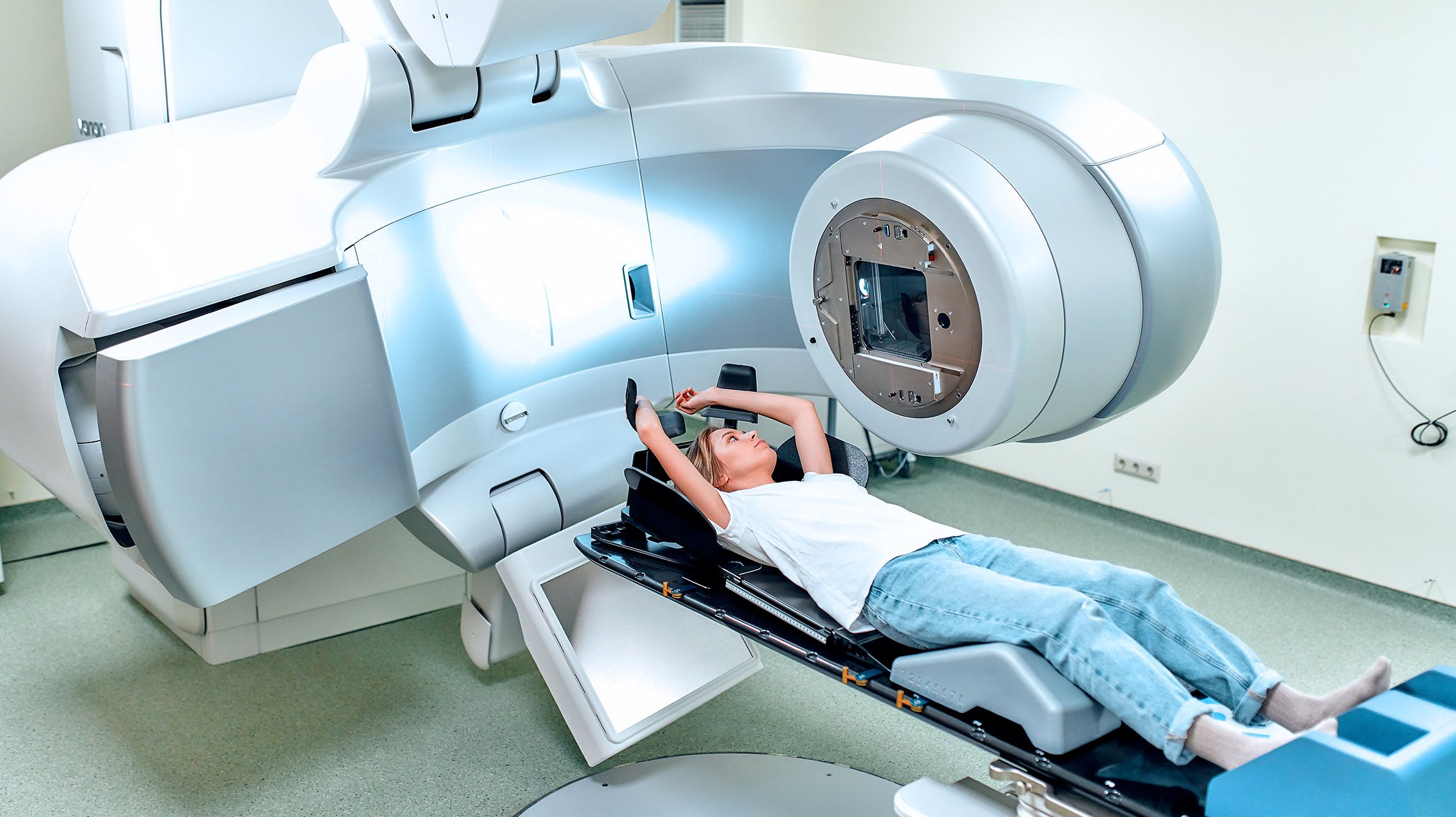
Shorter Radiation Course Proves Safe and Effective for Early-Stage Breast Cancer
A new National Cancer Institute (NCI)-funded clinical trial has revealed that for some individuals with early-stage breast cancer, the duration of daily radiation treatment following breast-conserving surgery (lumpectomy) can be safely reduced from the traditional 4–6 weeks to just 3 weeks. This significant finding offers a less burdensome treatment option for patients, making radiation therapy more accessible and convenient without compromising safety or effectiveness.
The Study and Its Findings
The phase 3 clinical trial focused on women who had undergone lumpectomy for early-stage breast cancer and were considered to have a relatively higher risk of cancer recurrence at the site of surgery. Traditionally, these patients would undergo 3–5 weeks of radiation to the whole breast, followed by an additional 4–8 days of radiation—known as a “boost”—to the area where the tumor was removed. The boost is designed to further reduce the risk of cancer recurrence.
In this trial, the research team explored whether combining the boost treatment with the initial whole-breast radiation over a shortened 3-week period could provide the same benefits as the longer course of sequential treatments. The results were promising: recurrence rates at 5 and 7 years after lumpectomy were very low, with no significant differences between the group that received the traditional sequential boost and the group that received the concurrent boost during the shortened radiation schedule.
Dr. Frank Vicini of GenesisCare in Pontiac, Michigan, who led the study, reported that not only were the recurrence rates similar, but there were also no significant differences in side effects or in the cosmetic outcome of the treated breast between the two groups. The overall rate of severe side effects was low in both groups.
Benefits of a Shorter Radiation for Breast Cancer
The implications of these findings are substantial for patients. Daily radiation treatments can be physically, emotionally, and financially taxing, often requiring time off work, travel, and logistical arrangements for childcare or elder care. Dr. Kilian Salerno of NCI’s Radiation Oncology Branch, who was not involved in the trial, noted that achieving equivalent outcomes with fewer days of radiation treatment is crucial, as it makes it easier for patients to access the necessary care for their breast cancer.
This shortened course of treatment not only alleviates the burden on patients but also has the potential to reduce the financial hardships associated with longer treatment schedules.
The Evolution of Radiation Treatment
The concept of a condensed course of radiation, known as hypofractionated radiation therapy, is not entirely new. Previous studies have demonstrated that 3 weeks of whole-breast radiation for breast cancer at slightly higher doses is as safe and effective as the conventional 5–6 week regimen. However, when this trial began a decade ago, there was still uncertainty about how to effectively incorporate the boost for patients at higher risk of recurrence, which slowed the adoption of hypofractionated radiation therapy in the United States.
The trial, known as NRG Oncology/RTOG 1005, enrolled 2,262 women with early-stage breast cancer who had undergone lumpectomy and were considered at elevated risk of recurrence due to factors such as higher tumor grade, younger age, lymph node involvement, or hormone receptor-negative status. A significant portion of the participants had also received chemotherapy prior to radiation, further indicating their higher risk.
The participants were randomly assigned to either the conventional whole-breast radiation followed by a sequential boost or a concurrent boost delivered during a shortened 3-week course of whole-breast radiation. After a median follow-up of 7.4 years, the trial found no significant differences in recurrence rates or severe side effects between the two groups, reinforcing the safety and efficacy of the shortened radiation treatment approach.
A Step Toward Broader Implementation
Given the success of this trial, experts believe that the use of a concurrent boost during a 3-week radiation schedule can be widely implemented in clinical practice. Dr. Salerno emphasized that the trial’s careful quality control measures across both large medical centers and smaller community cancer centers suggest that this approach can be adopted broadly. Ongoing clinical trials are further exploring this approach, which may provide even more data to guide treatment decisions.
However, not all patients with early-stage breast cancer require a radiation boost, and decisions about its use should be made in consultation with the radiation oncologists’ team at Sierra Hematology & Oncology.. As they continue to refine and optimize treatment protocols, the goal remains to deliver effective cancer care while minimizing the burden on patients.
Also Read:
Is There Any Link Between Tattoos and Increased Lymphoma Risk?
Can Chicken Feathers Revolutionize Cancer Treatment?

